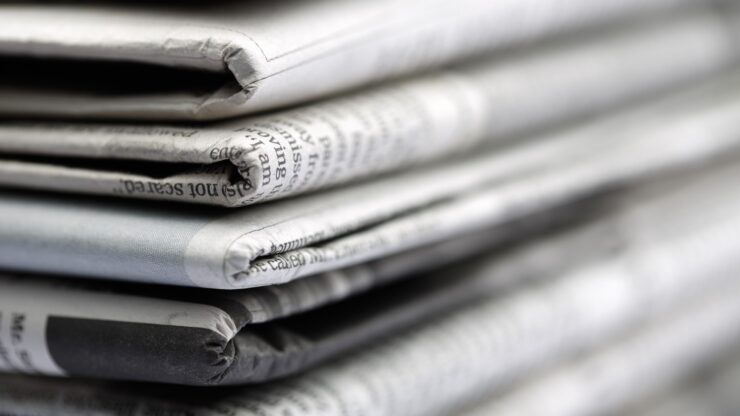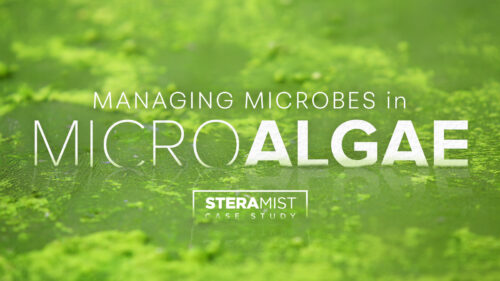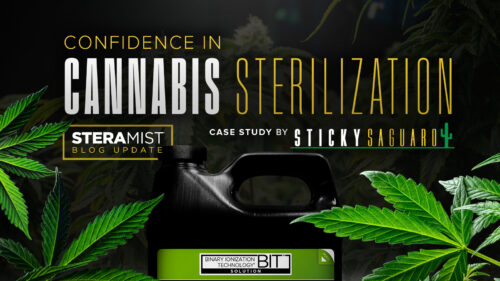GMP Annex 1: Contamination Control Strategy
Annex 1 Amendment and How It Changes Cleanroom Cleaning and Disinfection Processes
The recent amendments to the GMP Annex 1 will impact compliance with life sciences handling and processing regulations. Creating a Contamination Control Strategy (CCS) is now a requirement defined in Annex 1 of the European Good Manufacturing Practice (GMP) regulations.
Contamination Control Compliance
One amendment in this strategy that will impact the way life science facilities maintain compliance with their contamination control efforts is ‘cleaning’ in cleanroom surfaces and ‘disinfection’. The new Annex 1 edition clearly defines the differences between ‘cleaning’ and ‘disinfection’ and there needs to be two distinctly different processes. The concern with disinfectants leaving behind residues was addressed with amendments during the cleaning process.
4.33 The disinfection of cleanrooms is particularly important. They should be cleaned and disinfected thoroughly in accordance with a written programme. For disinfection to be effective, prior cleaning to remove surface contamination should be performed. Cleaning programmes should effectively remove disinfectant residues…Monitoring should be undertaken regularly in order to assess the effectiveness of the disinfection programme and to detect changes in types of microbial flora (e.g. organisms resistant to the disinfection regime currently in use).
Restrictions on Residues
Many disinfectants currently on the market leave significant residues on surfaces and all disinfectants need the removal of residues before the disinfection process begins. The leftover residue leaves a high chance of contamination due to the risk of chemical reactions resulting in disinfection inactivation.
5.4 The cleaning process should be validated to be able to: i. Remove any residue or debris that would detrimentally impact the effectiveness of the disinfecting agent used. ii. Minimize chemical, microbial and particulate contamination of the product during the process and prior to disinfection.*
The cleaning process focuses on the removal of dirt, soil, and residues that presents a risk of physical, or chemical, contamination or creates a barrier for disinfectants. With the concern about residues that remain after surfaces have been disinfected, there have been companies receiving observation and citations for those residues in their cleanrooms as those residues have been proven to cause damage to surfaces and personnel.
Implementing Disinfection that Meet Standards
It is important to decipher disinfection safety data sheets, solution labels, and efficacy data to determine the solution that is right for you. Contact times, processes, and chemical makeup of the solution should be closely considered when making a decision. SteraMist disinfection and decontamination use a low, 7.8% hydrogen peroxide to create a six-log kill on the gold standard, Geobacillus stearothermophilus, leaving no residues. SteraMist easily meets cGMP, GMP (including Annex 1), GLP, ISO (including 35001) standards. Contact us today to learn more!



